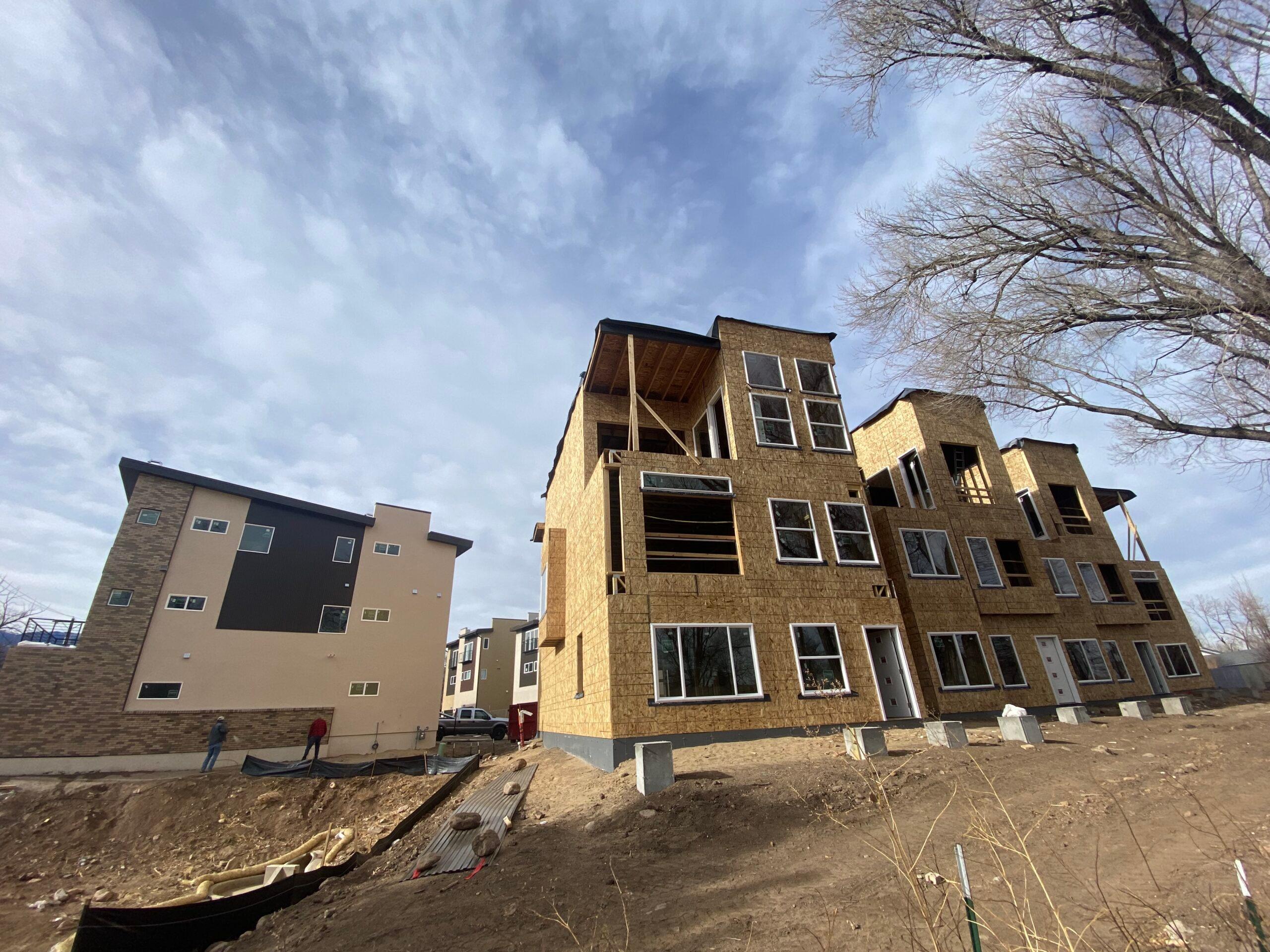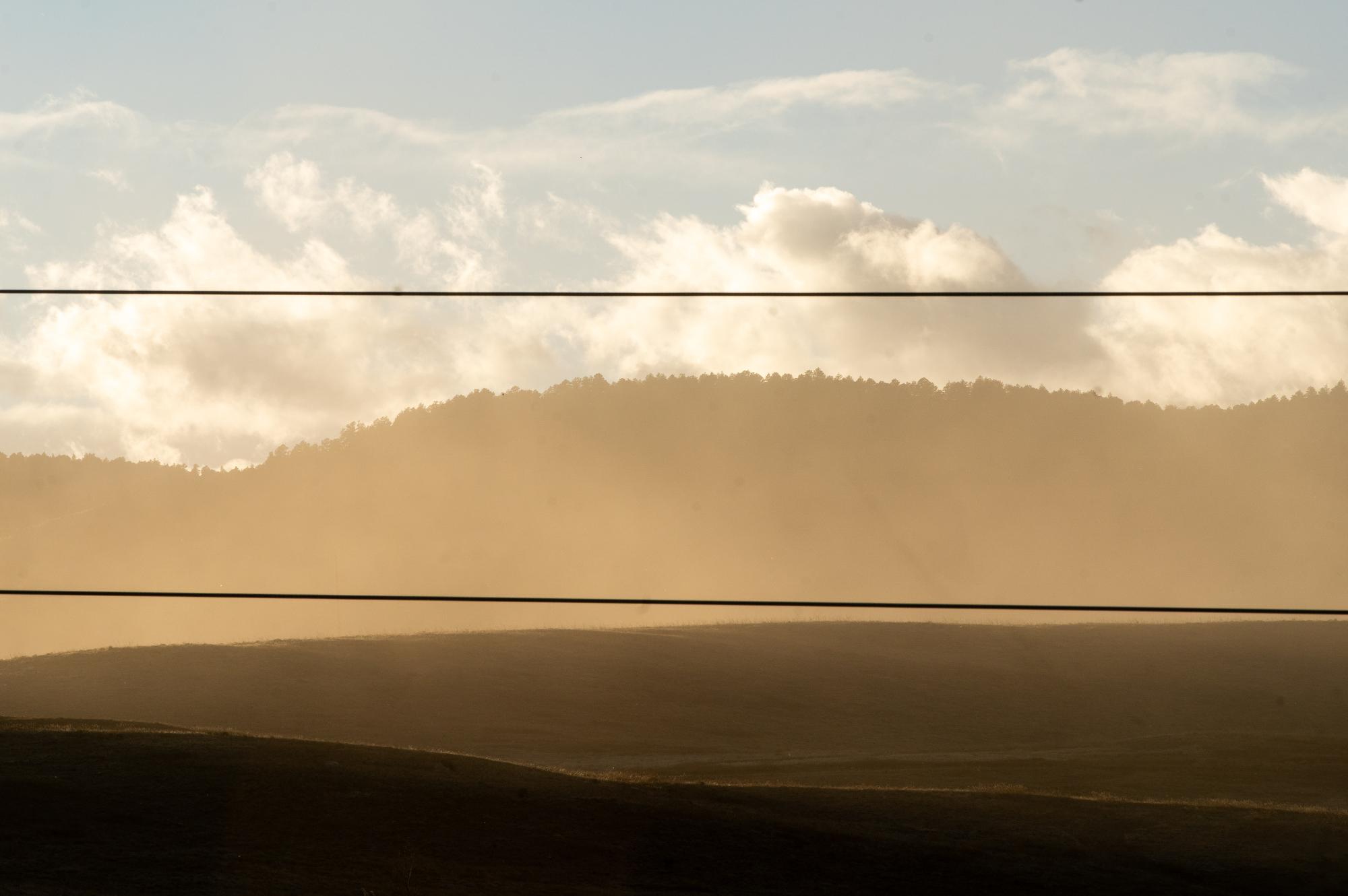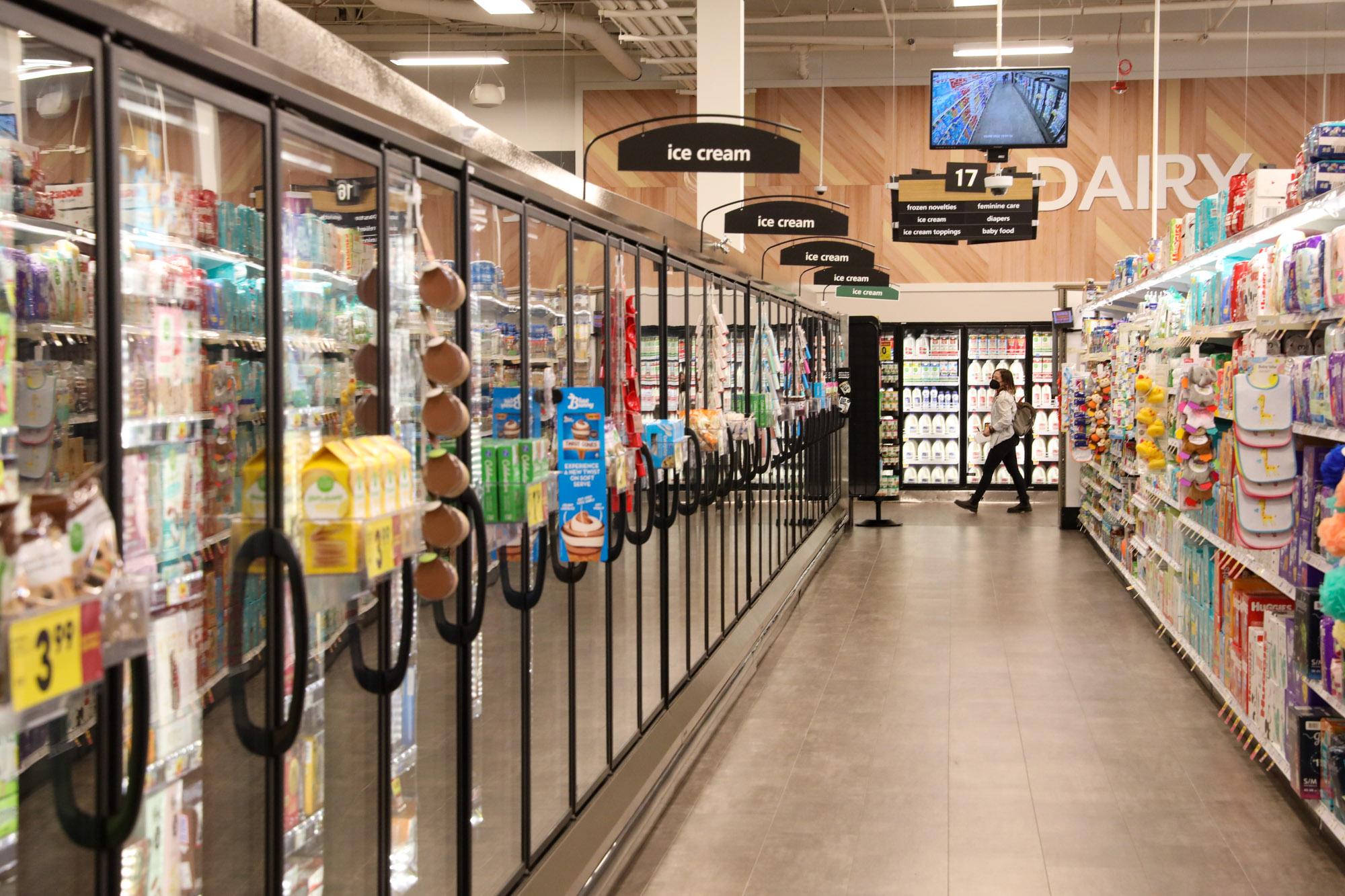
Back in June, a single family home in Colorado Springs would only remain on the market for an average of 10 days before it sold.
By December, that number had ballooned to 41 days. It’s one of the many metrics showing a steady and increasing decline in the state’s second-largest real estate market. There are fewer homes being built, fewer for sale, they’re taking longer to sell and prices are falling. Lower prices are often a positive for buyers, but this time, they are attached to rising mortgage interest rates and higher inflation.
Still, those with longtime knowledge of the real estate situation in the Pikes Peak region are calling current conditions more of a return to normal.
“We might not be able to stick a sign in the yard and sell the house over the weekend, but that is an expectation that we never had before [the pandemic,]” said Ann Kidd, 2022 chair of the Pikes Peak Association of Realtors.
Kidd said a home waiting on the market for a buyer for a month or more was commonplace before the multiple market disruptions brought on by COVID-19 lockdowns. Supply chains for raw materials broke down, and builders lost their workforces as demand for housing in the region simultaneously shot upward.
However, the Federal Reserve’s efforts to tamp down inflation through rapidly ramping up a key national interest rate has flipped those pandemic market conditions upside down. Mortgage rates, which sat around 3 percent two years ago, are now more than double that.
The median price of a single family home in Colorado Springs was $441,000 in December. That’s down from a record high of $495,000 last June and is the lowest price seen in the region since September 2021.
Kidd — acknowledging it was an optimistic framing — said despite high mortgage rates and a marked slowdown in new building permits, said the current market really represents more of a “balancing.”
While builders make difficult decisions around potential layoffs, the slowdown also provides a chance to catch up on projects and find more stable footing.
“I just think that this slowdown will give everybody a chance to reset and regroup and figure out, ‘This is now the new product that we need to provide, and this would be affordable, and this is how people can enter into the housing market,’” she said.








